The Bands of our Showband "Era"
(roughly 1955-1985)
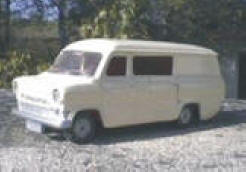 There
were hundreds of them (our current count is over 1600)! Irish bands of every size, description and musical genre traveling the roads and borheens of Ireland. They traveled the length and breadth of the country from the 1950's through the
mid 1980's. Although "officially" the term showband was coined in the late
fifties and was used to describe bands that played a wide variety of music and
usually included a "show" during the night, the term was gradually applied to
all the bands that played in the 1960's. As the Irish music scene splintered in
the late sixties into pop, country (and some major rock) bands, the term was
dropped but we still find it the best overall description of the bands of the
"ballroom" era. There
were hundreds of them (our current count is over 1600)! Irish bands of every size, description and musical genre traveling the roads and borheens of Ireland. They traveled the length and breadth of the country from the 1950's through the
mid 1980's. Although "officially" the term showband was coined in the late
fifties and was used to describe bands that played a wide variety of music and
usually included a "show" during the night, the term was gradually applied to
all the bands that played in the 1960's. As the Irish music scene splintered in
the late sixties into pop, country (and some major rock) bands, the term was
dropped but we still find it the best overall description of the bands of the
"ballroom" era.
In the early days, they traveled in whatever
they could find...bread vans, hearses, and even cars (roof racks and
all). In later years, many (if not most) of them traveled in converted Ford Transit vans (like the one pictured right) that
were normally used for delivery services. After a couple of windows were popped into the center panels, a row or two of old airplane seats
were installed and the band was ready to travel "in style."
Although style was a matter of opinion...if you're stuck in the back of a van on a cold and rainy winter's night, it may seem like
"a long way to Tipperary," but it's even farther to Castletownbere,
Co. Cork!
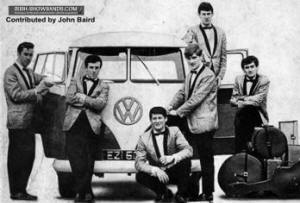 It
will be impossible to list all the bands that played the dance halls,
ballrooms, marquees, parochial halls, community centres, hotels, and town halls across Ireland. Apart from a few who enjoy near mythical status (such as the Royal Showband and a handful of others), most bands came together, played for a few years and then either reinvented
themselves, changed their name, or just disappeared, their members either returning to civilian life, or scattering to two or three new bands. It
will be impossible to list all the bands that played the dance halls,
ballrooms, marquees, parochial halls, community centres, hotels, and town halls across Ireland. Apart from a few who enjoy near mythical status (such as the Royal Showband and a handful of others), most bands came together, played for a few years and then either reinvented
themselves, changed their name, or just disappeared, their members either returning to civilian life, or scattering to two or three new bands.
For such a small country, it is difficult to
comprehend the sheer number of bands that the country produced. Almost as hard to imagine, is the number of dance halls that once dotted the
countryside, many out in the "middle of nowhere." We will do our best to compile a list of every band we can find and every "gig" we can uncover, but we need your help. If you know of any band or venue we miss on this site, please contact us and let us know.
We have separated the bands into six main categories:
Pop Bands, Country and Western,
50's & 60's showbands,
Rock groups,
Ceili Bands, and
Folk/Trads acts. Many bands may have been considered members of two, or even three groups
at various stages in their careers. Our loose classification is based on their overall musical style, but is not a definitive statement about the type of
music they played. In fact, most bands were, by necessity, capable of playing many genres of music...after all, that's what made them "showbands!" We apologize in advance, if we have miscast anyone.
A brief overview of the types of bands you'll
find on this site:
|
1950's The
Orchestras:
Following the lead from the "big bands" of the early to
mid 20th century, the fifties started with 10-12 (or
more) piece Orchestras that usually featured a band
leader, piano, a drummer and the balance of musicians
playing brass instruments. Guitars were nowhere to be
seen and sheet music was read from the sitting position,
complete with bow ties and tuxedos. The music was mellow
and the musicians stationery. We now have a
separate section on the orchestras, and they are also covered
under the showbands section. Most were regional and
played residencies in ballrooms and were made up of
mostly part time musician who had day jobs as well. |
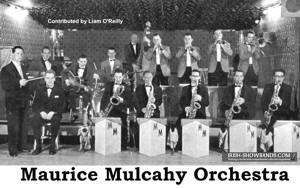 |
1960's The
Showbands: In the late
1950's, orchestras trimmed their numbers to 7 or 8
musicians, pushed aside their music stands, donned colorful suits
and started jumping around the stage. The emphasis was on excitement, entertainment
and the occasional gimmick. The music was loud, the
halls were packed and a lot of people (usually promoters
and managers) got rich! As the bands traveled further
from home, a real issue became the decision to turn
professional. Many of the musicians who had flourished
as part timers were forced to decide whether they could
afford to give up the day job and (to some extent)
family life (as the bands played 5-7 nights a week) and
the industry "lost" a lot of good players in the
process.
|
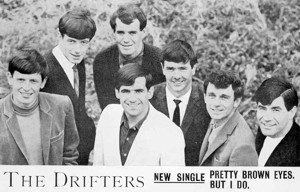 |
1970's & 80's - Pop:
The dawning of the 1970's provided a watershed for most
bands as pop and country started to emerge as the
dominant forms of dance entertainment. Although
everybody played a little of everything, bands generally
declared themselves as one or the other. Brass became
less prevalent, and eventually some groups played with as few as five
members. The ballrooms, although still going well, had
seen better times, both in attendance and amenities.
Hotels came into their own as the venue of choice for
dancing as they could also provide alcohol which the
ballrooms could not. Ireland's pop groups started to produce some very original
music, although the recording technology available to
most bands remained rudimentary at best.
|
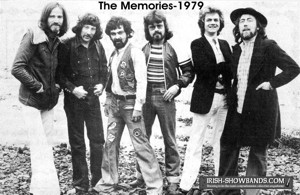 |
1970's & 80's - Country:
Country music started to emerge from the showband era as a
separate genre in the late 1960's with the success of
bands like The Smokey Mountain Ramblers, Cotton Mill
Boys, and others. At the same time, a split was also
occurring in the country genre as a uniquely Irish
version of country was created, combining American
country instrumentation and rhythms of Irish folk
tunes and even a little Ceili influence. The result was
"Country and Irish," a home grown version of country
personified by people like Larry Cunningham, Margo and
Big Tom. Bands like the Hillbillies and Buckshot stuck
to the more traditional American country roots, but
suffered in popularity as country and Irish dominated
the ballrooms.
|
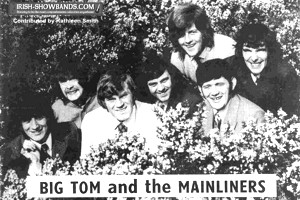 |
|
1970's & 80's - Rock:
Although Irish "rock" traces its roots back to the Beat
groups of Dublin, Belfast and a handful of major cities
in the 1960's, it wasn't until the early 70's that
everyone started to really take notice. Beginning with
Van Morrison, Rory Gallagher, Thin Lizzy and Horslips,
Irish rock bands started to make their mark on the
world; eventually paving the way for bands like U2,
Stiff Little Fingers, and a host of others that
followed. Irish rock had truly arrived on the
International stage and continues to flourish today.
|
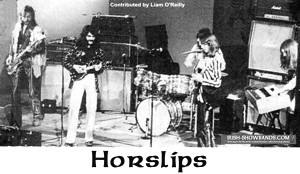 |
|
All Years: Folk/Trad:
The rise of Irish folk began in the 60's with bands like
The Clancy Brothers with Tommy Makem and The Dubliners,
these bands were based on the ballad traditional of
Ireland. In the early 70's, a new Irish folk/trad style took
the world by storm in the wake of Sweeney's Men followed
by Planxty, Clannad, the Bothy Band and others that pioneered a "new" Irish
sound. It was the creativity of musicians
like Christy Moore, Donal Lunny, Andy Irvine, Paul
Brady, the Chieftains, and
many more, that provided the groundwork which would lead
to the Riverdance phenomenon of the 1990's when
Irish music went viral worldwide.
|
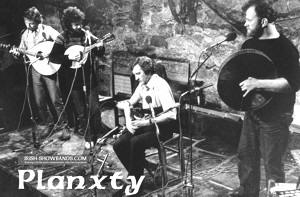 |
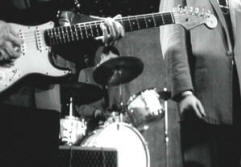 We
hope you will enjoy browsing through our collection of photographs,
music, record labels, ballrooms and features about these bands. The
history of the "showband era" in Ireland reflects the development of
Irish artistic and creative endeavors during the last half of the
20th century. Over this period of only thirty years, Ireland was
transformed from a poor, rural, agricultural based economy to one of
the fastest growing and richest countries in the European Union.
Although the Celtic Tiger didn't make its presence felt until well
into the 1990's. The seeds for this radical change were sown and
nurtured in the half century which preceded.
More than just a walk down memory lane, we hope
our tribute to this period in Irish entertainment history will
provide some idea of the state of the country and its people during
this tumultuous time. We
hope you will enjoy browsing through our collection of photographs,
music, record labels, ballrooms and features about these bands. The
history of the "showband era" in Ireland reflects the development of
Irish artistic and creative endeavors during the last half of the
20th century. Over this period of only thirty years, Ireland was
transformed from a poor, rural, agricultural based economy to one of
the fastest growing and richest countries in the European Union.
Although the Celtic Tiger didn't make its presence felt until well
into the 1990's. The seeds for this radical change were sown and
nurtured in the half century which preceded.
More than just a walk down memory lane, we hope
our tribute to this period in Irish entertainment history will
provide some idea of the state of the country and its people during
this tumultuous time.
Click on one of the band types below to learn more.
|
|
